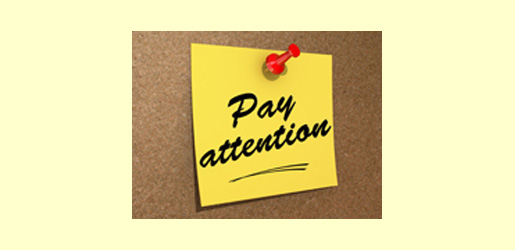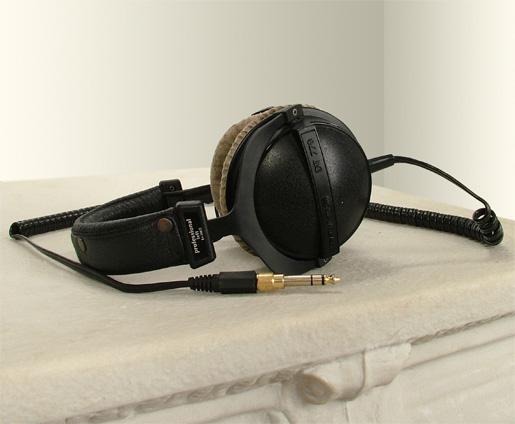Dealing with Comments on Facebook


Photo Credit: Robert S. Donovan via Compfight cc
Engaging clients or prospects on Facebook can present plenty of golden opportunities, but sometimes you have to deal with the occasional disgruntled client openly – in public view of all your other customers. Yet this public engagement is what is so valuable for you as a freelancer. Facebook is a valuable part of branding your design business and making it and you much more personal to clients.
People like having a soapbox from which they can tout both negativities and excitements. They also like getting involved in a highly popular event from the comfort and safety of their own homes. Almost everyone likes being able to connect one-on-one, even with strangers, as long as the connection is not face-to-face. Something about being behind a computer screen gives us all levels of social boldness we otherwise wouldn’t have.
These aspects and more are what make Facebook so important to web designers. The key is knowing how to handle the contact and make it work for you, not against you. Learn the etiquette of how to engage clients on Facebook, and your freelance business will be much more likely to create clients that stick with you for a long time to come. Of course, you may find clients engaging with you more on a site like Google+ or MySpace, but the tips below can easily be used for any social media site similar to the pace of Facebook with only a little tweaking.
Nuances Unique to Facebook Engagement

Photo Credit: One Way Stock via Compfight cc
Facebook allows anybody who has liked your public page to leave a comment all the world can see. This is unique because on sites like Twitter, such commentary may go unnoticed by everyone, as it quickly disappears down your feed of mentions.
Unlike Twitter, you can’t ignore a comment on your Facebook page – it’s front and center. And if others “like” the comment, you may be stuck with a comment at the top of your feed indefinitely. This can be great for positive feedback, of course, but a negative comment could stick with you longer than you’d like.
While you can simply delete a bad wall post, this will typically result in a barrage of even more negativity. The trick is to comment on posts on your page, both negative and positive. Leaving a comment on positive posts will help it to remain at the top of your page longer. Leaving a comment on a negative post is also helpful, however. Ask how you can repair the problem, directing the commenter to the appropriate point of contact. Sometimes this can result in a commenter coming back to leave a positive update of how helpful you were in solving their problem.
You Must Be Listening To Hear
You’ll never know to respond if you are not monitoring your Facebook page for comments. If you are able, assign this task to someone else so that you can focus on getting projects done. If you are your only resource, however, simply have the alerts come through an email so that you never miss comments. Then set aside time every day, possibly even twice a day if activity is high, to respond to posts.
The worst thing that can happen is that a negative (or positive) comment goes unnoticed and no response is given. The main benefit of Facebook is the opportunity of involvement with your clients. If you are not actively engaging in every happening on your page, then customers will quit trying to make that connection. And prospects who are researching your services may equate your lack of engagement as a sign of flakiness in your business practices.
Have a Plan
Whenever comments start coming through, have a game plan for how you will respond. This will save you time trying to come up with a way to respond each time. It will also give your assistance (if you are not the one responding to comments) a policy to follow. Here’s a short, high-level overview:
- Negative Comments
- Simple complaints – follow up with helpful, empathetic response. Direct them to email/ contact page.
- Serious complaints – follow up with helpful response and offer to call them. Also direct to contact page and email.
- Extreme complaints – respond right away and call immediately.
- Positive Comments
- Follow up with a “Thank You”.
- Once a month aggregate the comments into a testimonial-like post.
- Neutral Comments
- Follow up as appropriate.
While this plan is very basic, it still gives enough guidelines to make responding a bit easier, and it gives enough room so that you can tailor responses to your clients and the situations. One of the benefits of Facebook is that sometimes all an individual comment requires is a simple “Like”.
You’re going to get negative feedback. It happens. People are people and stuff breaks. So be ready, listen, and have a plan for how you’re going to handle both the good and the bad. If you are consistently engaging with your clients on Facebook, these customers will be more likely to feel a personal connection with your business, which helps to safeguard you against clients switching to a competitor.
Frequently Asked Questions about Dealing with Comments on Facebook
How can I manage negative comments on my Facebook page?
Managing negative comments on your Facebook page can be challenging, but it’s crucial for maintaining your online reputation. Firstly, always respond promptly and professionally. Apologize if necessary and offer a solution to the problem. If the comment is offensive or violates Facebook’s community standards, you can report it to Facebook or hide it from your page. However, avoid deleting negative comments as it may lead to further backlash from the user.
Can I disable comments on my Facebook page?
Facebook does not currently allow you to disable comments on your page entirely. However, you can control who sees comments by adjusting your privacy settings. You can also delete specific comments or ban users who consistently post inappropriate content.
How can I encourage positive engagement on my Facebook page?
Encouraging positive engagement on your Facebook page involves creating quality content that resonates with your audience. Ask questions, share useful information, and respond to comments promptly. Regularly engaging with your audience can foster a positive community and encourage more constructive comments.
What should I do if I receive spam comments on my Facebook page?
If you receive spam comments on your Facebook page, you can report them to Facebook. You can also hide the comment from your page or ban the user to prevent them from posting further spam comments.
How can I use Facebook’s moderation tools to manage comments?
Facebook’s moderation tools can help you manage comments on your page. You can set up a list of blocked words, use the profanity filter, and adjust your page’s moderation settings to automatically hide comments that contain specific words or phrases.
Can I pin a comment to the top of a post on my Facebook page?
Currently, Facebook does not allow you to pin comments to the top of a post on your page. However, you can pin posts to the top of your page to highlight important content or announcements.
How can I handle controversial comments on my Facebook page?
Handling controversial comments on your Facebook page requires tact and professionalism. It’s important to respect differing opinions and foster a respectful dialogue. If a comment crosses the line into harassment or hate speech, you can report it to Facebook or hide it from your page.
Can I edit a comment I’ve made on my Facebook page?
Yes, you can edit a comment you’ve made on your Facebook page. Simply click on the three dots next to your comment, select ‘Edit’, make your changes, and then click ‘Enter’ or ‘Return’ on your keyboard to save your changes.
How can I report a comment on my Facebook page?
To report a comment on your Facebook page, click on the three dots next to the comment, select ‘Find support or report comment’, choose the reason for reporting, and then click ‘Next’ to submit your report.
Can I tag people in comments on my Facebook page?
Yes, you can tag people in comments on your Facebook page. Simply type ‘@’ followed by the person’s name, and then select their profile from the dropdown menu that appears.
Tara Hornor has a degree in English and has found her niche writing about marketing, advertising, branding, graphic design, and desktop publishing. She is a Senior Editor for Creative Content Experts, a company that specializes in guest blogging and building backlinks. In addition to her writing career, Tara also enjoys spending time with her husband and two children.




